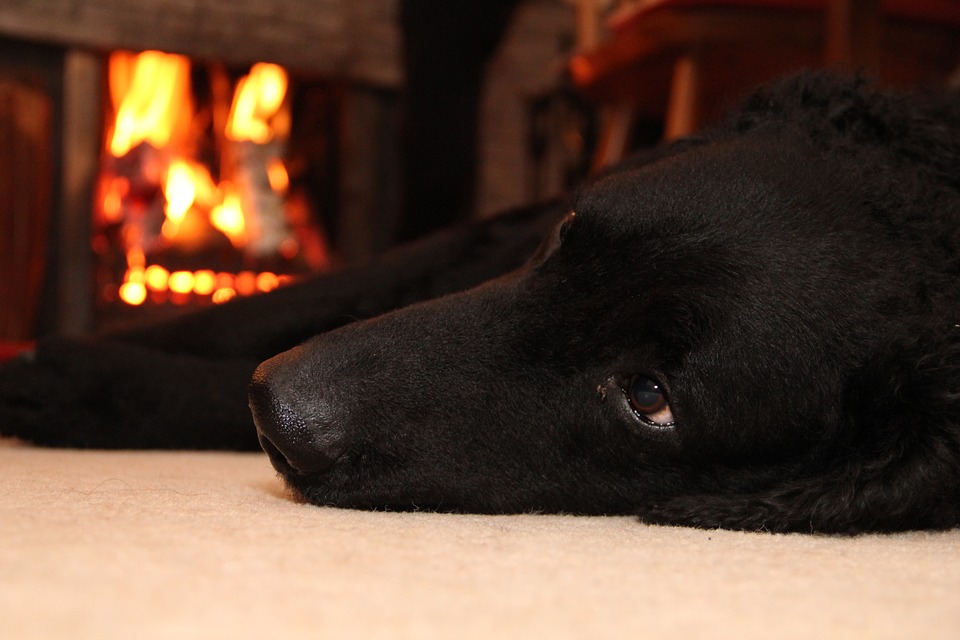Petscaping for Mutts
This summer, give your four legged friends a safe and comfortable place to play. By petscaping, you are showing your pets where they can and cannot play in order to keep your beautiful garden out of harm’s way.
Petscaping will help your mutt have a better relationship with you, your landscape and your neighbors. Keep your pets in mind this season and watch as they stay out of trouble for years to come.
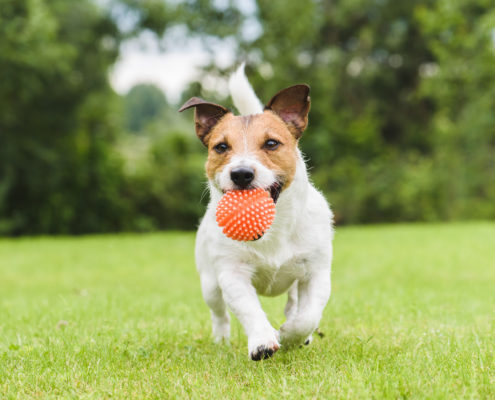
Let Mutts Play:
Keep it Cool. Provide a cool, damp, shady area for your pooch. This will not only keep him away from your garden, but it will also cut down on digging. You can use either sand or grass for this special place for your pup.
Make a Space. Your pets want to be in the spotlight, just like your kids! Make an area for them to run around in where they will be seen. Many dog runs are placed in areas out of the way. Let them have their moment, front and center.
Water Danger. Be mindful of where your pets are in relation to water. While they might have fun splashing in the sprinkler, they should be wearing a life vest when in a lake as they can get tired too.
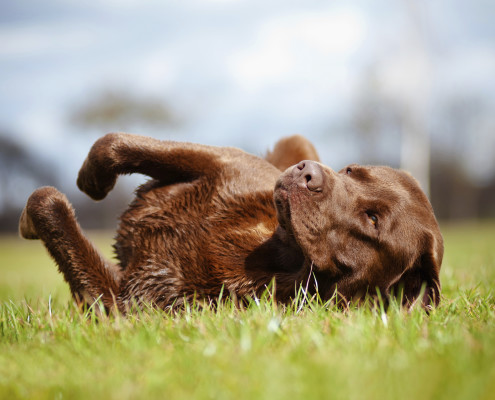
Gardening for Your Mutts:
Go Organic. Both your lawn and garden are places your pup will explore. By using natural organic materials such as Espoma’s organic lawn care and organic fertilizer, it keeps even hidden dangers away.
Pet Safe Plants. Where do your pets love to go? If they are always sniffing around in certain parts of your garden, plant pet safe plants. This way both your garden and your pets thrive.
Fence them in. The plants we mean! If your pet is constantly getting into your garden beds, set up a fence to keep them out. Just be mindful of sharp edges to protect them from getting hurt.
Want to learn more? Check out our guide on how to get a Safe Paws Lawn!
Espoma Products for a Safe Paws Lawn:
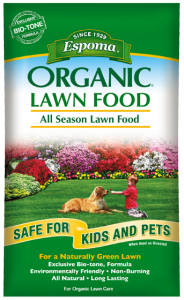
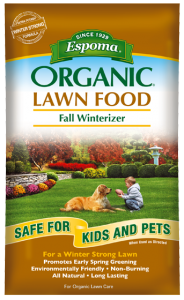
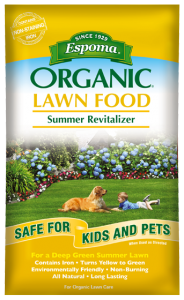
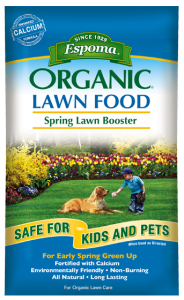

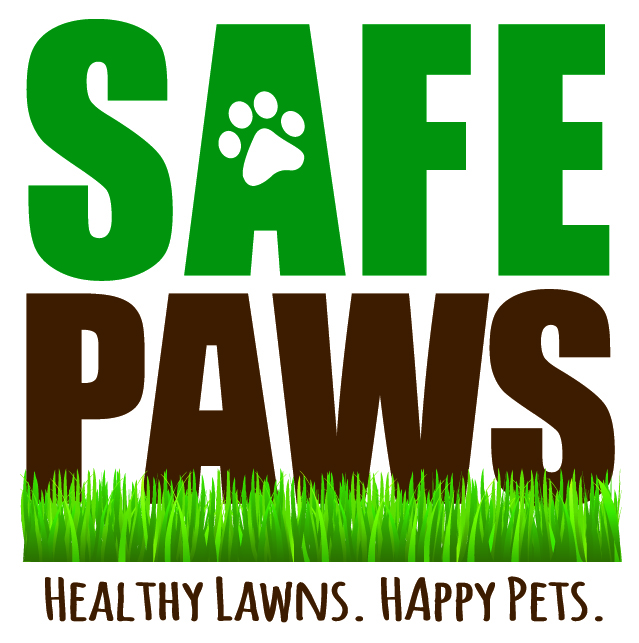

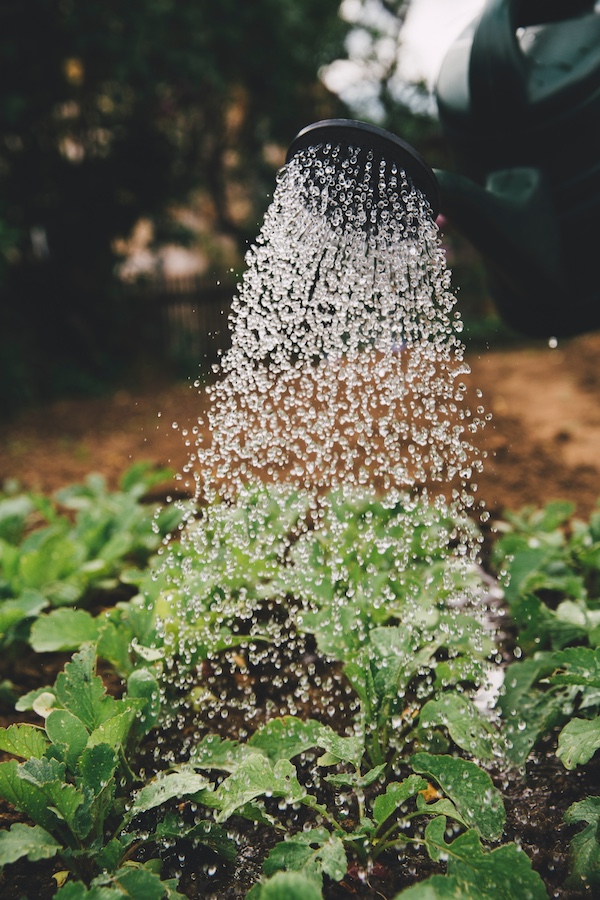
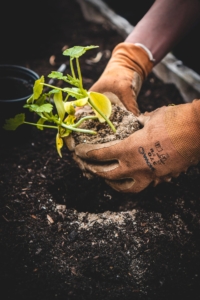
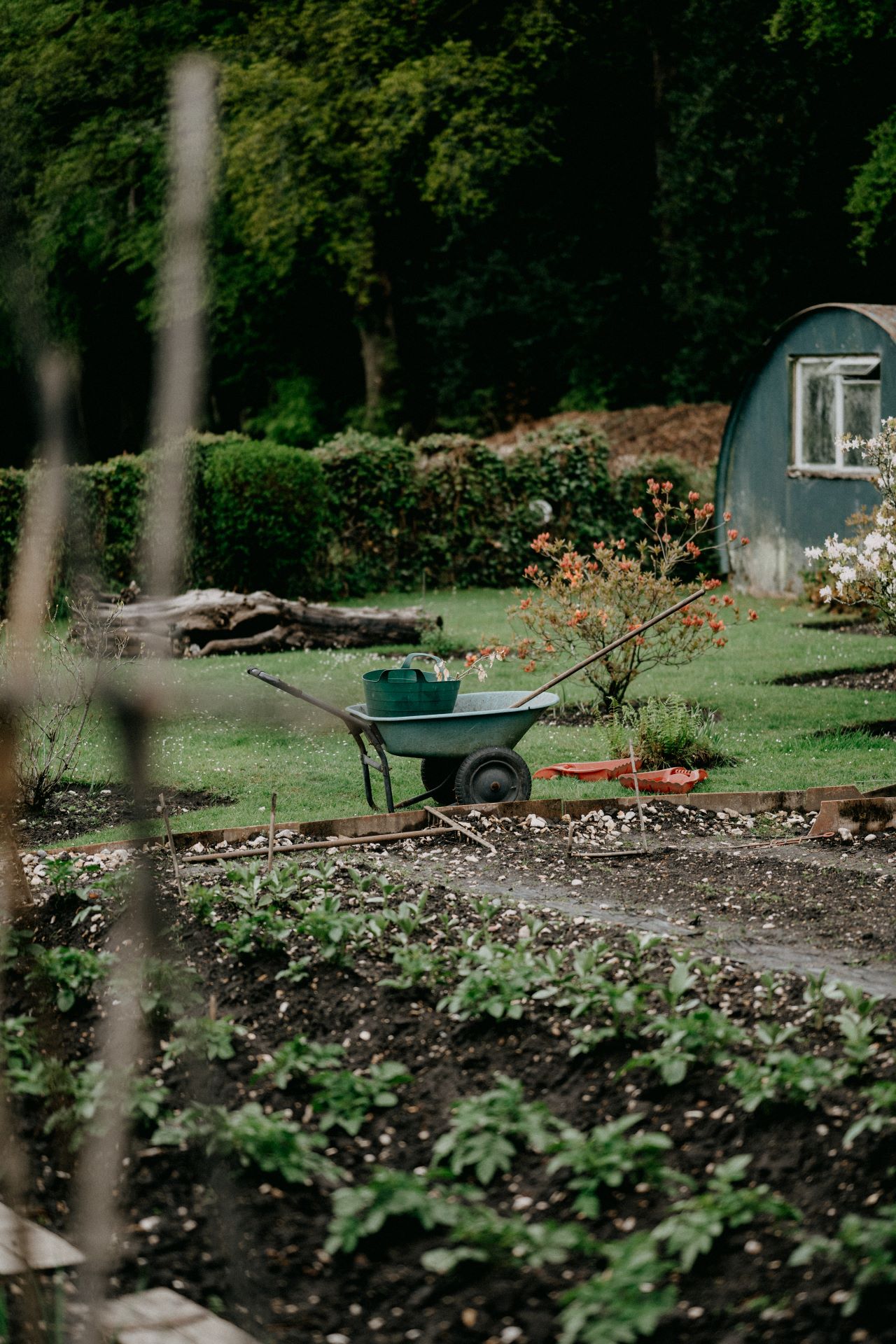
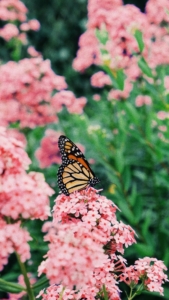
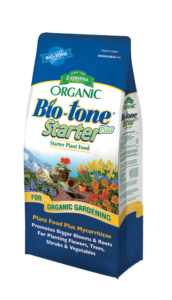
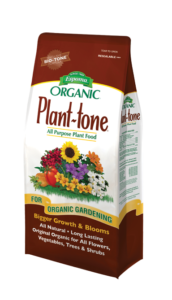
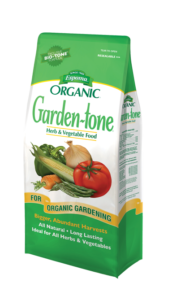
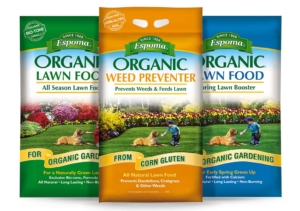

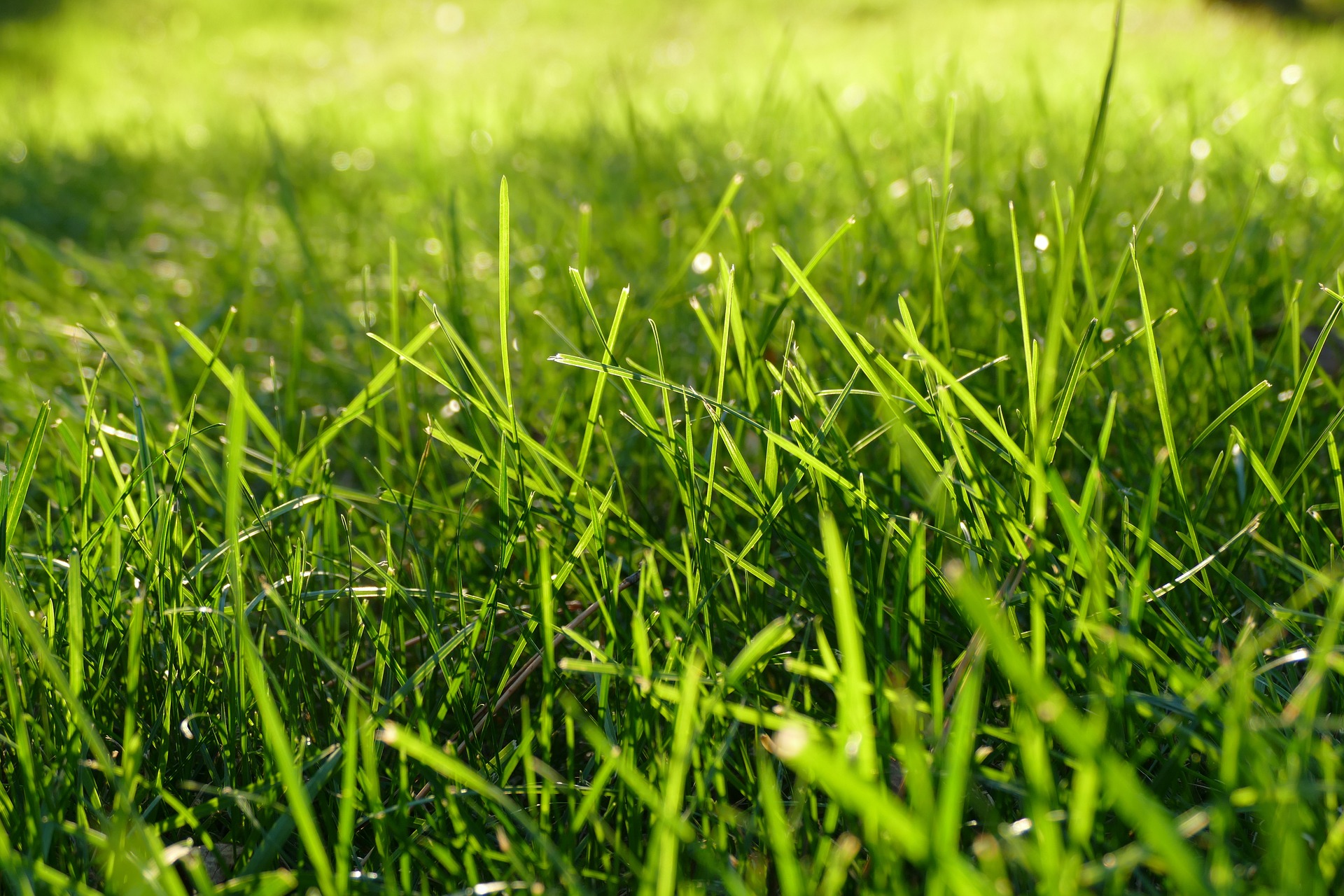
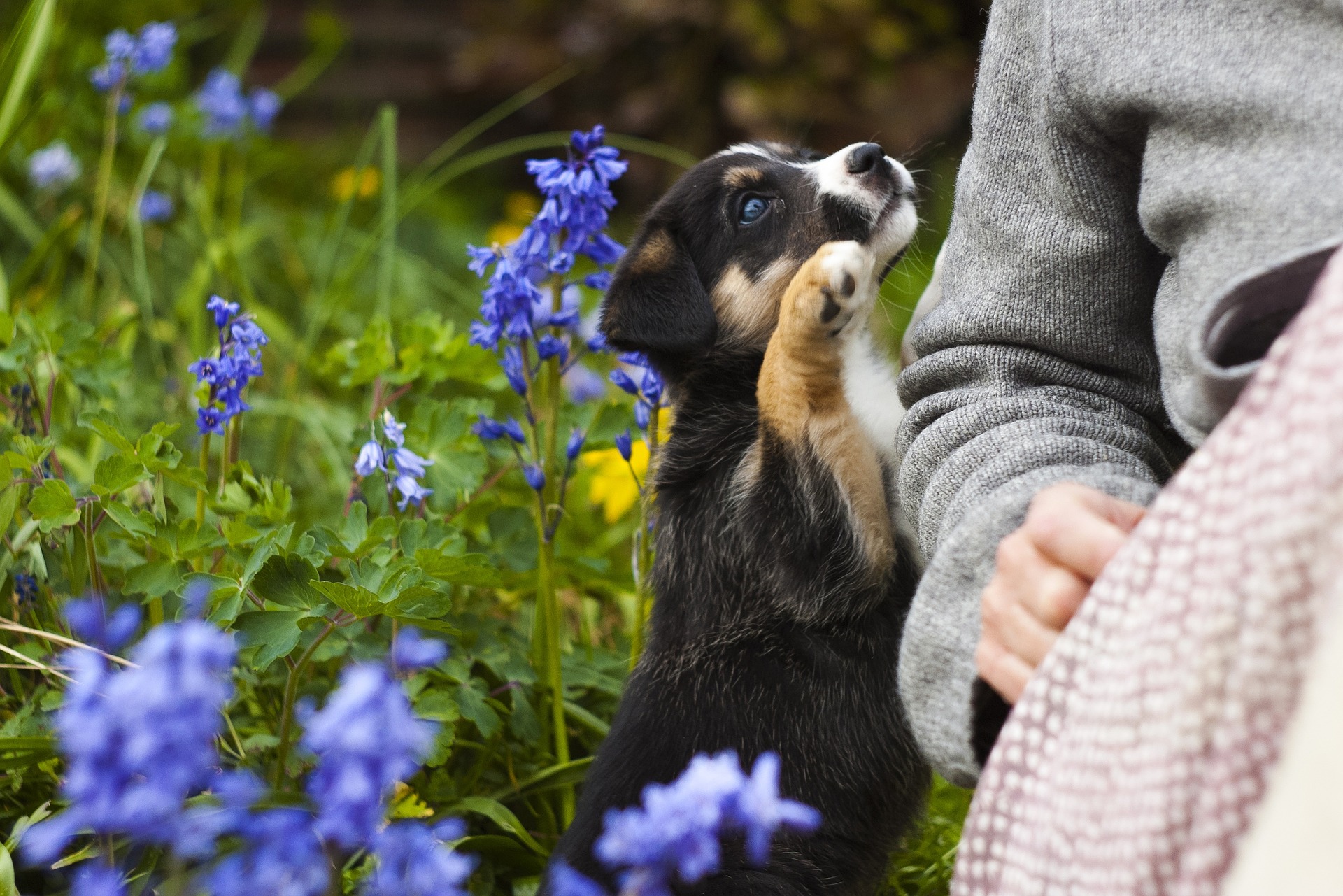
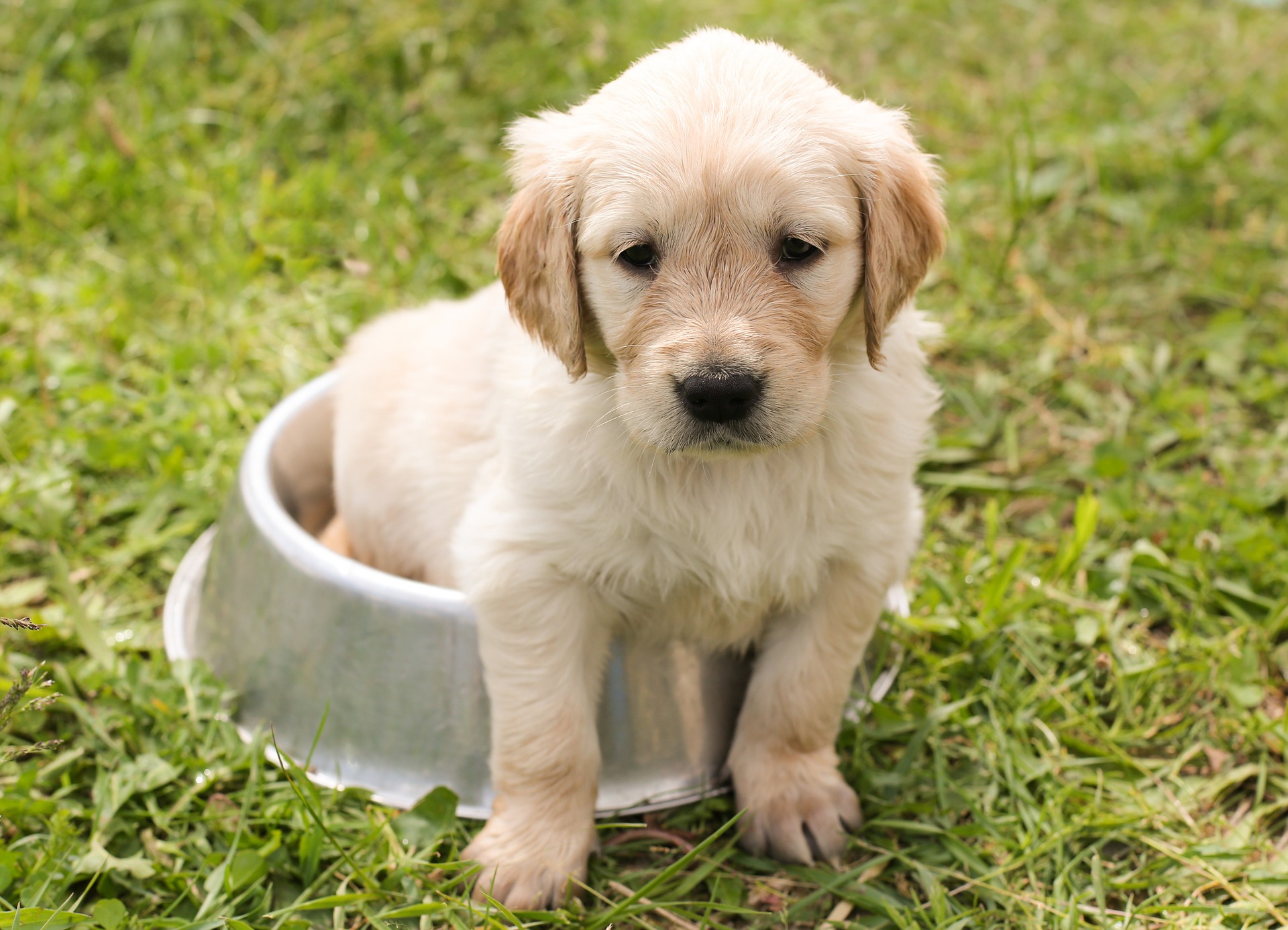
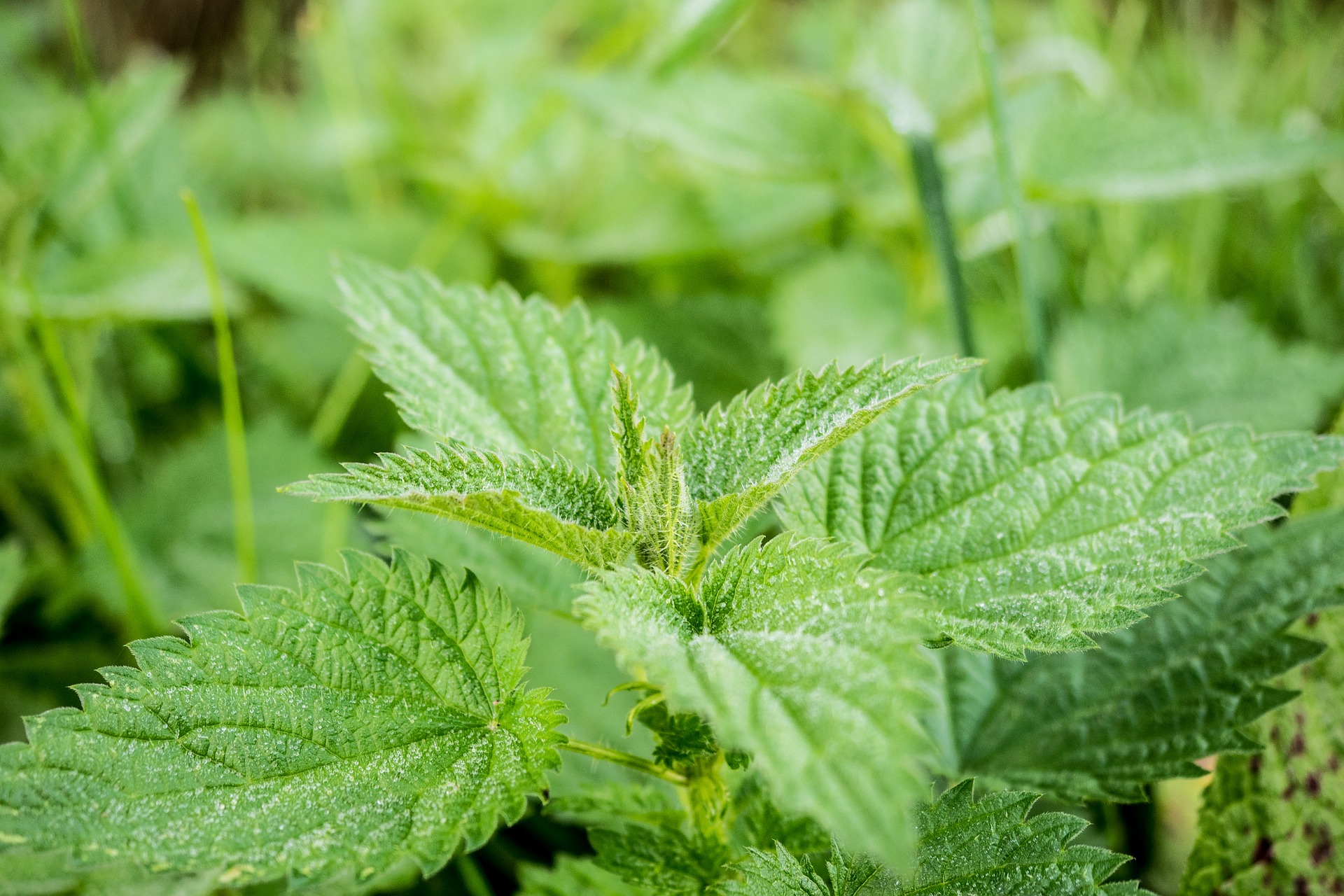


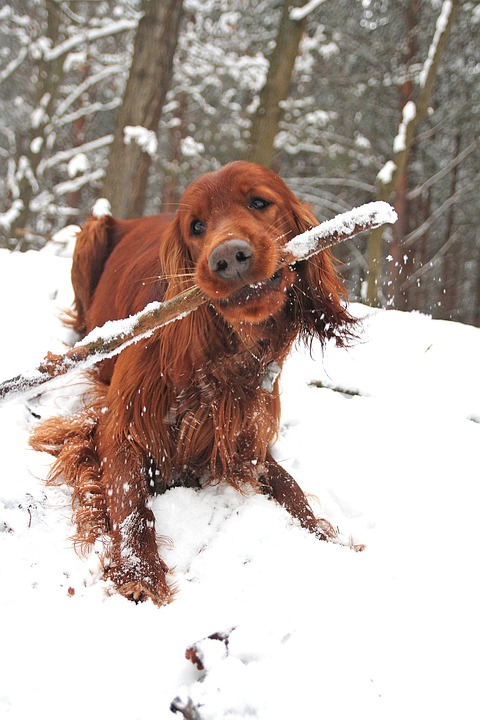
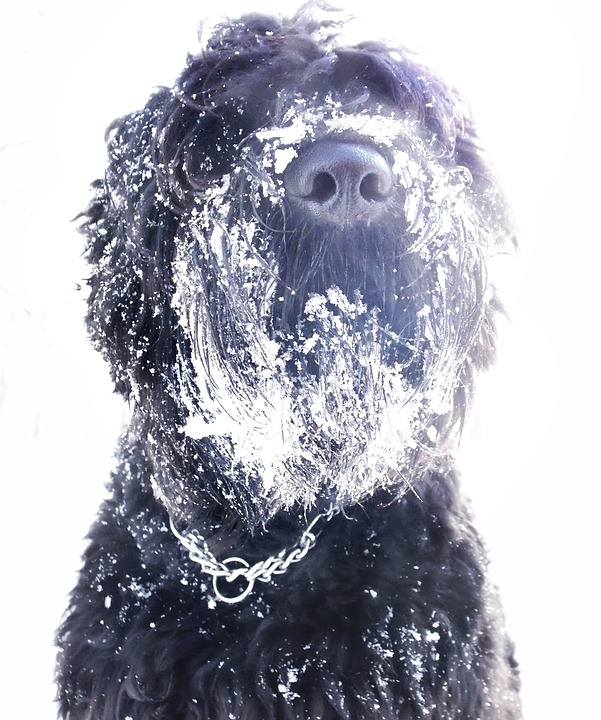
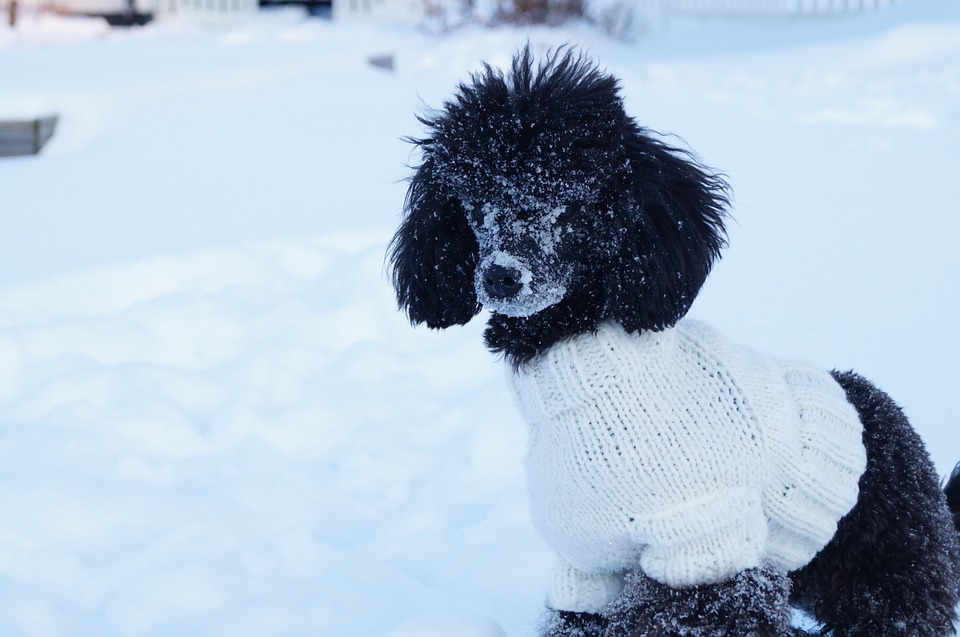 Stack on the Snacks. When outside, pets use lots of energy to stay warm. When they head back indoors, provide them with extra food and water to help them recuperate.
Stack on the Snacks. When outside, pets use lots of energy to stay warm. When they head back indoors, provide them with extra food and water to help them recuperate.